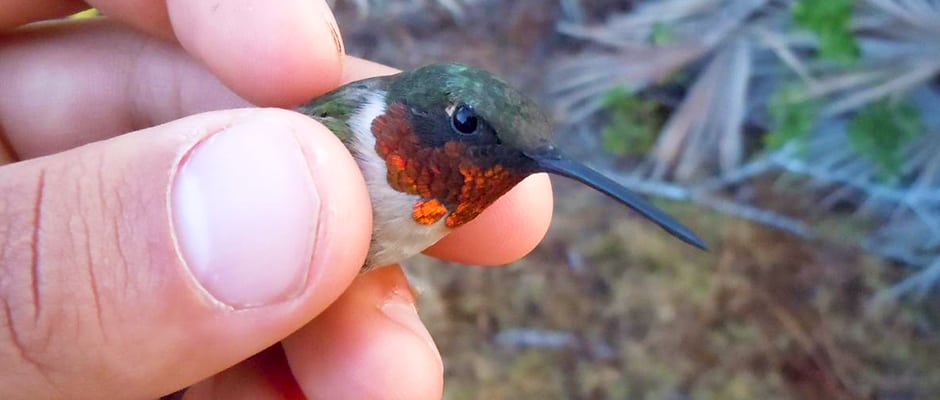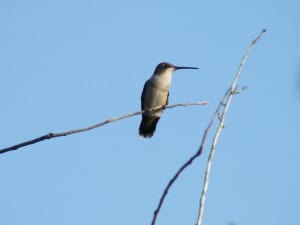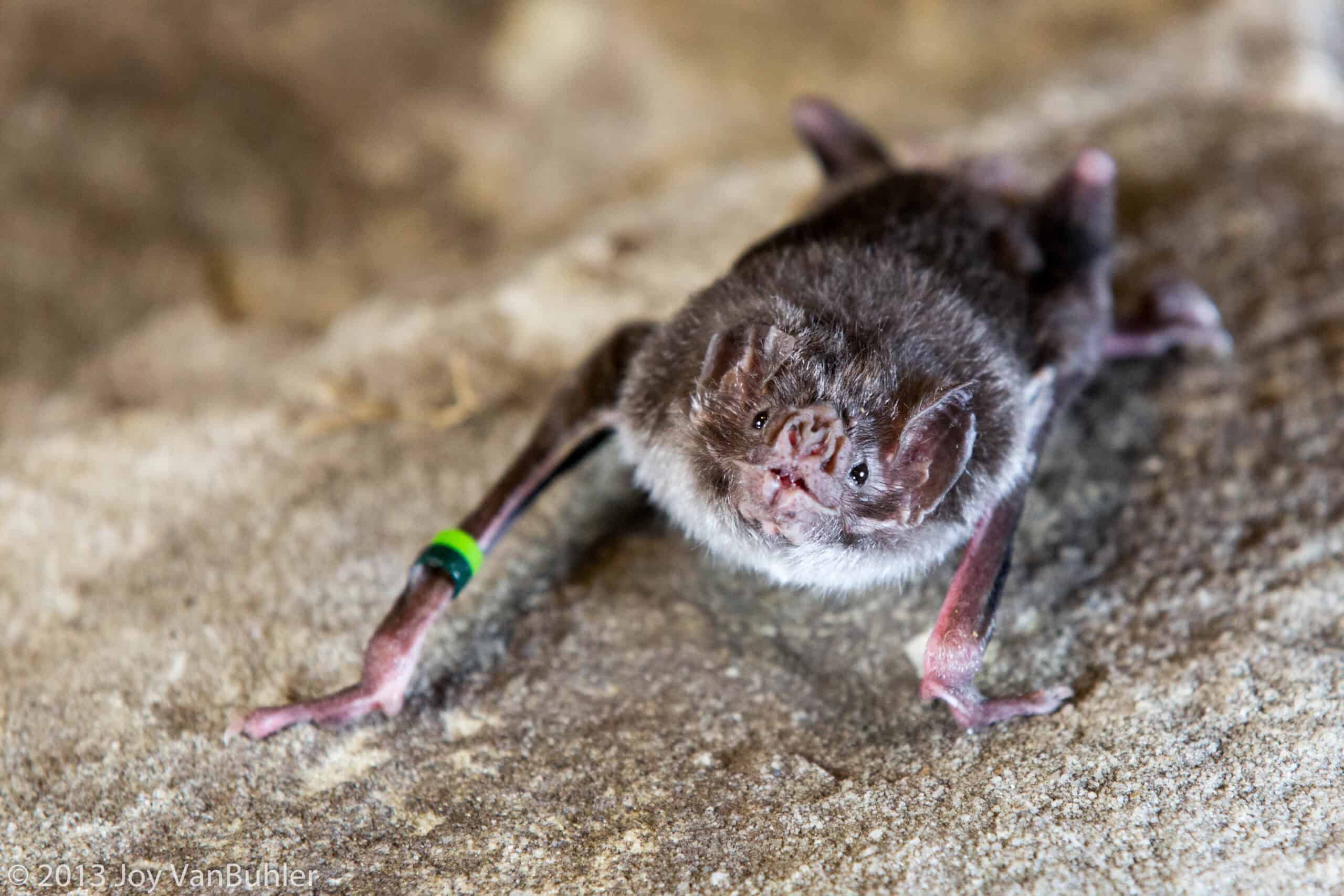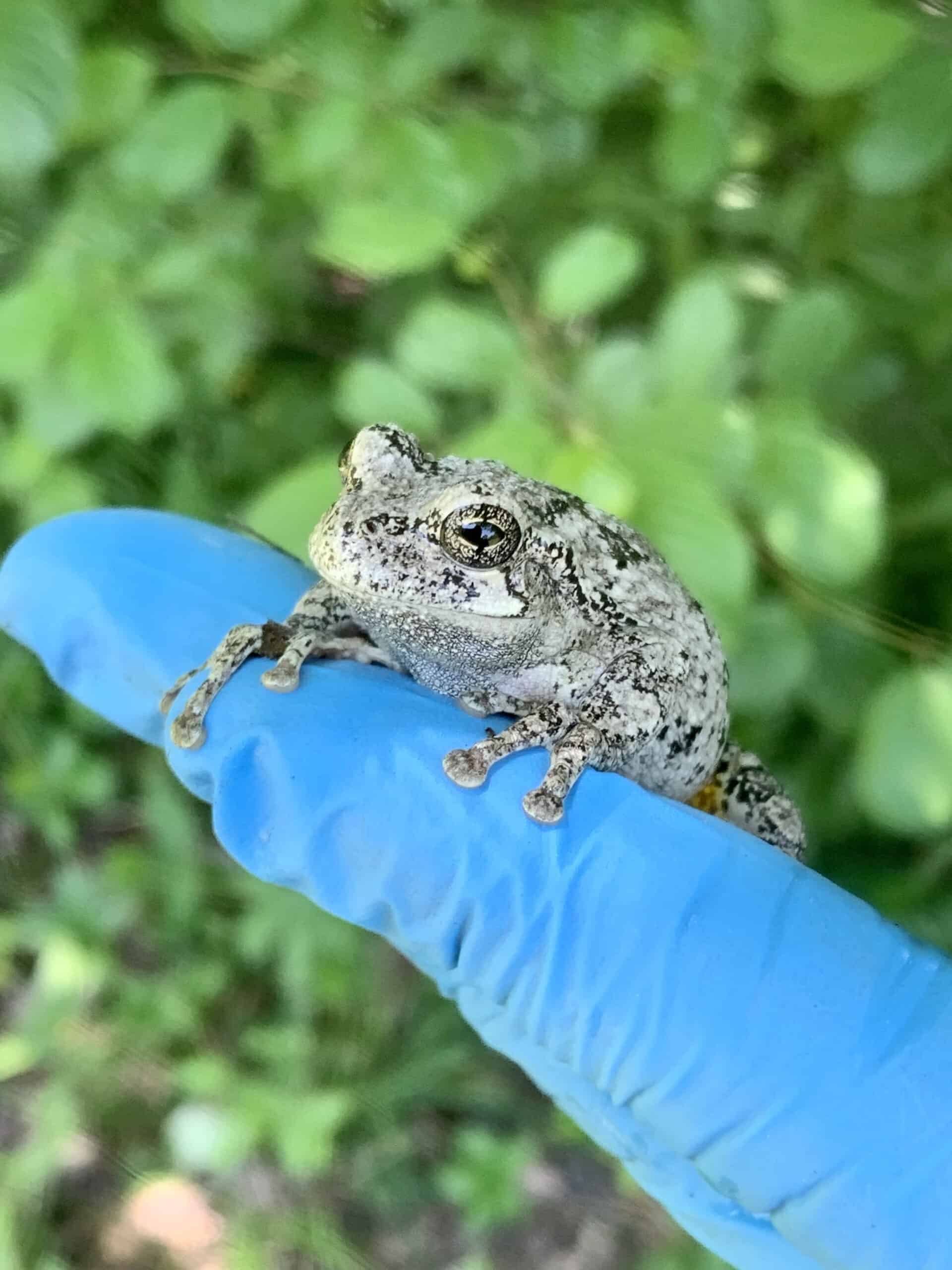Share this article
Hummingbirds have flight range of over 1,000 miles
Tiny hummingbirds can travel around 1,200 miles during their migrations between eastern North America and Central America, according to a new modeling study.
“The most interesting thing, in my opinion, is how some of these birds effectively double their body mass during migration and are still able to perform migratory flights, especially given some of the heftier birds seem to barely make it to a nearby branch after being released,” said T.J. Zenzal, a Ph.D. biology student at the University of Southern Mississippi and lead author of a recent study published in The Auk: Ornithological Advances, in a release.
He and his coauthors captured around 2,200 ruby-throated hummingbirds (Archilochus colubris) at the Bon Secour Wildlife Refuge near Mobile, Ala. on their way southwards.
Every fall from 2010 to 2014, the researchers examined the wing morphology of the birds and the amount of fat they had built up on their bodies to get an idea of the conditions the birds were in prior to migrating across the Gulf of Mexico. They found that males arrived in the refuge in better condition than females, and younger birds have a tougher flight than older ones.
“Young birds tend to arrive later than older birds, arrive in poorer condition than older birds, have longer stopover duration and have shorter flight ranges than older hummingbirds,” Zenzal said.
Out of the 2,700 birds they captured over the five-year period, they only recaptured three adult birds, suggesting that the older ones don’t hang around too long before the long stretch over the Gulf of Mexico. Researchers recaptured around 200 younger birds, on the other hand, suggesting that they needed more time to refuel.
“Most of them had fat stores beyond what you would expect for the lean body mass,” Zenzal said.
The researchers used the information on fat reserves to estimate the birds were capable of traveling around 1,200 miles.
The hummingbirds may face a problem in the future as the stopover habitat around Bon Secours and nearby Fort Morgan is developing at a fast pace.
“This shows that these coastal forests are important for bird stopover,” Zenzal said. If the area continues to develop, the birds may have to push an extra 18 to 24 miles during their northwards journey to the mouth of the Tensaw River — state property near Mobile. Zenzal worries that younger birds may struggle with this extra burden.
Zenzal said that capture data in the Yucatan Peninsula in Mexico show that the peak arrival time there occurs about a month after the peak time in Alabama. Researchers are still uncertain what the birds do during this month, but they’ve put radio tags on 50 birds and hope to solve the mystery.
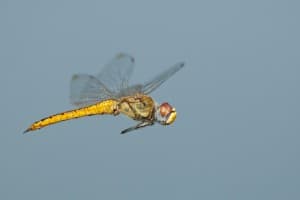
The body and wings of the globe skimmer have evolved in a way that lets the insect glide extraordinary distances on weather currents. ©Greg Lasley
Chris Clark, an expert on hummingbird behavior with the University of California Davis. Clark was not involved in the study, said that the study fills a gap in understanding about the birds.
“Patterns we previously had hints of from small, anecdotal observations are documented here with a very large sample size. It’s interesting that the young of the year migrate after adults and are quite different in their stopover phenology. This suggests there are substantial differences between flying south for the first time, as opposed to flying somewhere again as an adult,” he said.
Another migration
Hummingbirds aren’t the only small species to make epic trips. Another recent genetic study published in PLOS ONE found populations of the globe skimmer (Pantala flavescens) dragonfly as far away as Texas, Japan, India and South America bred with each other.
“This is the first time anyone has looked at genes to see how far these insects have traveled,” said Jessica Ware, an assistant professor of biology at Rutgers University Newark and senior author of the study.
“If North American Pantala only bred with North American Pantala, and Japanese Pantala only bred with Japanese Pantala, we would expect to see that in genetic results that differed from each other,” she said. “Because we don’t see that, it suggests the mixing of genes across vast geographic expanses.”
The insects appear to have evolved bodies that have increased wing surfaces that let them glide for long periods with the wind, she said.
Header Image: A researcher holds a ruby-throated hummingbird prior to releasing it. ©B. Dossman



